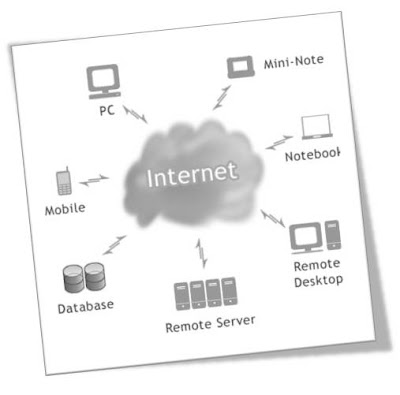
What Is Cloud Computing? Now a days I have found number of people are talking about Cloud computing. In the business world are also asking the same question, "What is Cloud Computing, and what does it mean for a business?" Cloud computing platforms are growing in popularity day by day, but why? What unique advantages does a cloud computing architecture offer to companies in today’s economic climate? Let’s explore the cloud computing infrastructure and its impact on critically important areas to IT, like security, infrastructure investments, business application development, and more. Most IT departments are forced to spend a significant portion of their time on frustrating implementation, maintenance, and upgrade projects that too often don’t add significant value to the company’s bottom line. Increasingly, IT teams are turning to cloud computing technology to minimize the time spent on lower-value activities and allow IT to focus on strategic activities with greater impact on the business. The fundamental benefits delivered by cloud computing technology.
- Web-services integration. Cloud computing technology is much easier and quicker to integrate with your other enterprise applications (both traditional software and cloud computing infrastructure-based), whether third-party or homegrown.
- A 100% cloud computing infrastructure does not need hardware or software to install. In fact it just requires significantly fewer capital expenditures to get up and running.
- Your cloud computing technology applications are live in a matter of weeks or months, even with extensive customization or integration. So, it is faster and lower-risk deployment.
- Cloud computing technology is ideal for application development to support your organization’s evolving needs and it is not difficult or impossible to customize.
- Cloud computing techology do everything for the business users that can help them to do customization, report, etc.
- As Cloud computing technology doesn’t force you to decide between upgrading and preserving all your hard work, because those customizations and integrations are automatically preserved during an upgrade.
- The Force.com AppExchange features hundreds of applications built for cloud computing infrastructure, pre-integrated with your Salesforce CRM application or your other application development work on Force.com.
- Amazon Elastic Compute Cloud (EC2)
- Google App Engine
- Force.com
- GoGrid
- Azure
- Intuit Partner Platform (IPP)
Refrence link
http://en.wikipedia.org/wiki/Cloud_computing

